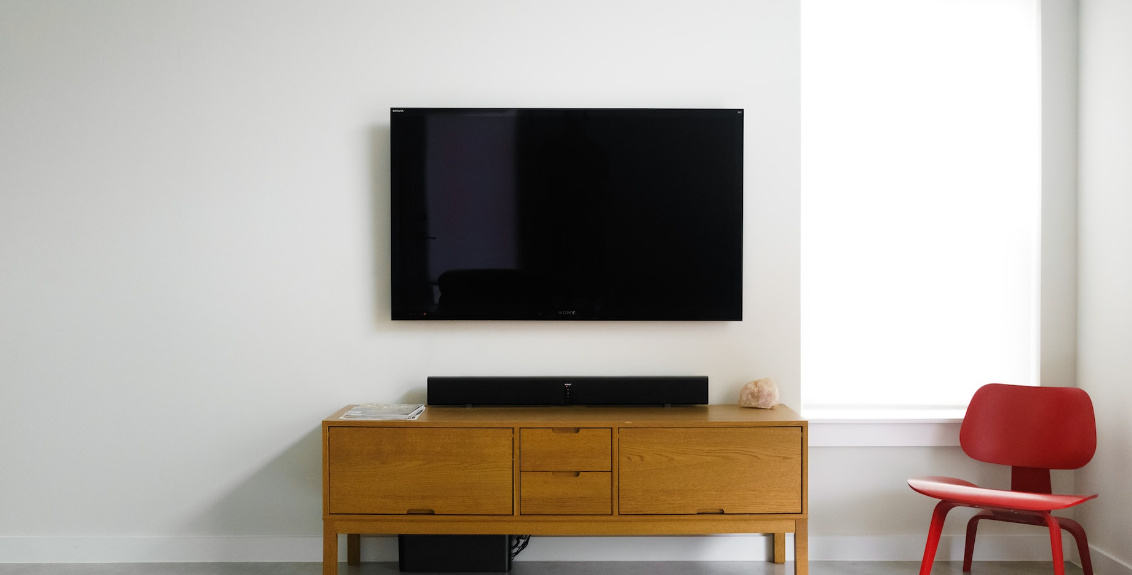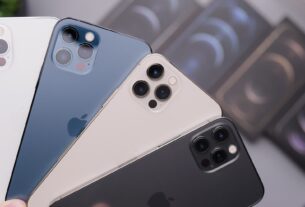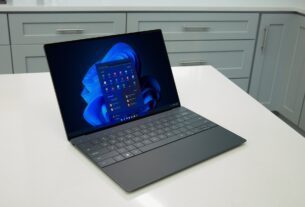Are you sick of hearing from people about the top smart TVs on the market? Wouldn’t it be preferable if you could determine it for yourself? Yes, it is absolutely feasible as long as you are aware of the important factors when purchasing a smart TV. Here is a comprehensive TV buying guide that will make it easy for you to discover the best smart TV for your home while staying within your budget.
Buying a smart TV can be more challenging than buying a smartphone because there are so many different models and features to consider. You need to exercise caution while selecting something because you’d probably use it for a lot longer than a phone.
You must take into account a number of factors when purchasing a smart TV in order to determine whether or not it is suitable for you. The whole Smart TV buying guide is provided below, along with important considerations for selecting the finest affordable smart television for your family.
A Complete TV Buying Guide
The factors mentioned in this TV buying guide will help you choose the best television for your needs.
1. Brand, After-Sales
The brand is the first thing to think about when buying a smart TV. You need to be familiar with the brands of smart TVs available to you. Consumers frequently stick with industry giants like Samsung, Sony, and LG. However, if you don’t want to spend a lot of money, you may also take into account brands like VU, TCL, Iffalcon, Xiaomi, and Realme.
It would be ideal to take into account the guarantee that is provided, the quality of the post-sale services, including the network of service centers, and the extras like installation and accessories.
Avoid making your purchase from an offline store based primarily on the recommendations of the salesperson. Making a wise choice will be made easier if you do some research, such as reading internet reviews.
2. Screen Size
The second important factor to think about when purchasing a smart TV (or any TV) is the screen size. It heavily depends on the location you want it, the size of the room, and how many people will be watching at once. The approximate screen size can be determined by measuring the distance from the TV to the bed, chair, or couch.
Choose a 32-inch TV if the viewing distance is less than 5 feet. If the distance is between 5 and 6 feet, select 43 inches. A 46 or 50-inch set would be ideal for viewing objects that are 6-7 feet away. You can upgrade to 50 and 55-inch panels for lengths more than 8 feet.
A 40-inch TV would typically be suitable for the living room. Larger rooms, however, will benefit from 46-50 inches or more- There is no requirement; you can do whatever makes you comfortable. The bigger the screen, the more expensive the TV will be.
3. Display Type
This is the most important factor in this TV buying guide. There are three main display kinds for modern smart TVs: OLED, QLED, and LED. You must be aware of the distinctions between the various display types because they are crucial to the overall display quality.
OLED TV (Best)
OLED is the most expensive form of display for televisions. Individual organic pixels used in the technology generate light in reaction to electric current. You get superb black levels, a high contrast ratio, and brilliant colors since these pixels may be turned off individually.
Overall, the picture quality is excellent, and the viewing angles are also excellent. Since there is no backlight, OLED television sets are slimmer and have smaller bezels than previous types.
When to consider: High Budget, Best Picture Quality.
LED TV (Cheaper)
LED panels are typically seen in inexpensive Smart TVs. Because of the backlighting used in this technology, blacks are never truly black. OLEDs and QLEDs may offer higher picture quality, but they are typically brighter.
When to consider: Low Budget.
QLED TV (Middle-Ground)
Quantum Dot LED TVs, also known as QLED TVs, are essentially a hybrid of OLED and LED displays. Between the LED backlight and LCD layer of this revolutionary screen technology lies a quantum dot layer. Compared to LED panels, this produces superior colors and brightness.
When it comes to overall performance, they are comparable to OLEDs. Although a little less expensive than before, the pricing is still high. Typically, brands like Samsung, OnePlus, VU, TCL, and others provide QLED TVs.
4. Screen Resolution, HDR
The amount of pixels on the screen, or how clear and crisp it is, is referred to as screen resolution. More pixels and sharper image quality are associated with higher resolution. At this time, we do not advise purchasing HD-capable smart TVs. Instead, if your budget allows, opt for at least Full-HD or 4K screens.
The number of pixels on Ultra-HD (4K) panels is four times that of Full-HD. As a result, the items on the screen will appear more detailed and rich. We now have 8K televisions thanks to technological improvements, but to really utilize them, you’d need 8K content.
You should also verify the TV’s HDR capabilities. High Dynamic Range, often known as HDR, aids in delivering more colors, more contrast, and also increased brightness. The HDR10 standard is supported by the majority of 4K TVs, and this will be noted on the set.
5. Refresh Rate
The quantity of times a display’s content is refreshed each second is known as the refresh rate. It has a Hertz (Hz) definition. The typical refresh rate for TV displays is 60Hz. However, you ought to search for a greater quantity if you’re purchasing a costly television set.
Smoother motion is produced by higher refresh rates, such as 90Hz, 120Hz, 144Hz, or more; you won’t notice blurriness in quickly moving objects, which is typically the case with normal panels. It’s not a necessary function, but it’s crucial if you want to play games or use the TV as a computer display.
6. Software, Apps, and Other Features
A device that runs its own proprietary operating system rather than Android may be referred to as a “Smart TV” in this context. However, it’s possible that the TV won’t support all of Android’s features, including voice control, access to Google Play, and other services. The TV might be able to run some apps and offer a few smart functions.
Examine it carefully to determine if it is indeed an Android TV or if a different environment is present. Most Android TVs are also made by companies like Xiaomi, OnePlus, etc., typically have their own skin. Check reviews on YouTube and Google to gauge the whole user experience and ascertain whether it is quick enough.
7. Audio
One of the features that are frequently disregarded when purchasing a smart TV is audio. The standard recommendation is to verify the audio wattage (specified in Watts). The TV will be louder the higher the number. The audio will distort at higher volumes, though; you’ll need to check this in the reviews or in person at the store.
Expensive television sets typically come with amenities like Dolby Audio, Surround Sound, and high-wattage speakers that produce clear, powerful audio. But in general, the speakers on most television sets, particularly the slim ones, tend to be subpar.
A quality home theatre or speaker system should be purchased for a better audio experience. Alternatively, you can choose soundbars with or without subwoofers.
8. Connectivity Features
The number of ports on the TV is another important consideration. You won’t need to switch wires every time you wish to connect a device if there are at least four HDMI ports available. Additionally, there should be adequate available USB ports. It would be wonderful to include Bluetooth functionality and a 3.5mm jack.
When purchasing a UHD TV, seek HDMI 2.0 or HDMI 2.1, as these will be useful in the future for connections with higher bandwidth. Support for 4K video at up to 120fps will be HDMI 2.1’s more noticeable advantage right away.
Only modern 4K TVs include HDCP 2.2, while the majority of them support HDCP (High-bandwidth Digital Content Protection). To avoid problems when streaming from a 4K source (such as a Blu-ray player) or service that is HDCP 2.2 compliant, look for it in the spec sheet.
9. Price
Last but not least, you should determine if the Smart TV’s cost is reasonable given its features and performance. Checking the rival TVs in the segment would be the simplest way to achieve this.
Samsung, Sony, and LG smart TVs are typically pricy. In comparison, somewhat greater value for the money may be found with companies like Xiaomi, Realme, OnePlus, VU, TCL, etc. But on the other hand, brand value and after-sales will always cost more.
A Comprehensive TV Buying Guide – Wrapping Up
This was our comprehensive guide to purchasing a Smart TV. We’ve covered every essential factor you should think about or search for when purchasing a smart TV, regardless of your budget.
Check over the options that are offered in both offline and online markets, evaluate all the specs and features, compare to the competition, look for any suitable deals, and only then should you decide which option to purchase. Finding the ideal Smart TV for your home should now be simpler thanks to this guide, we hope.



